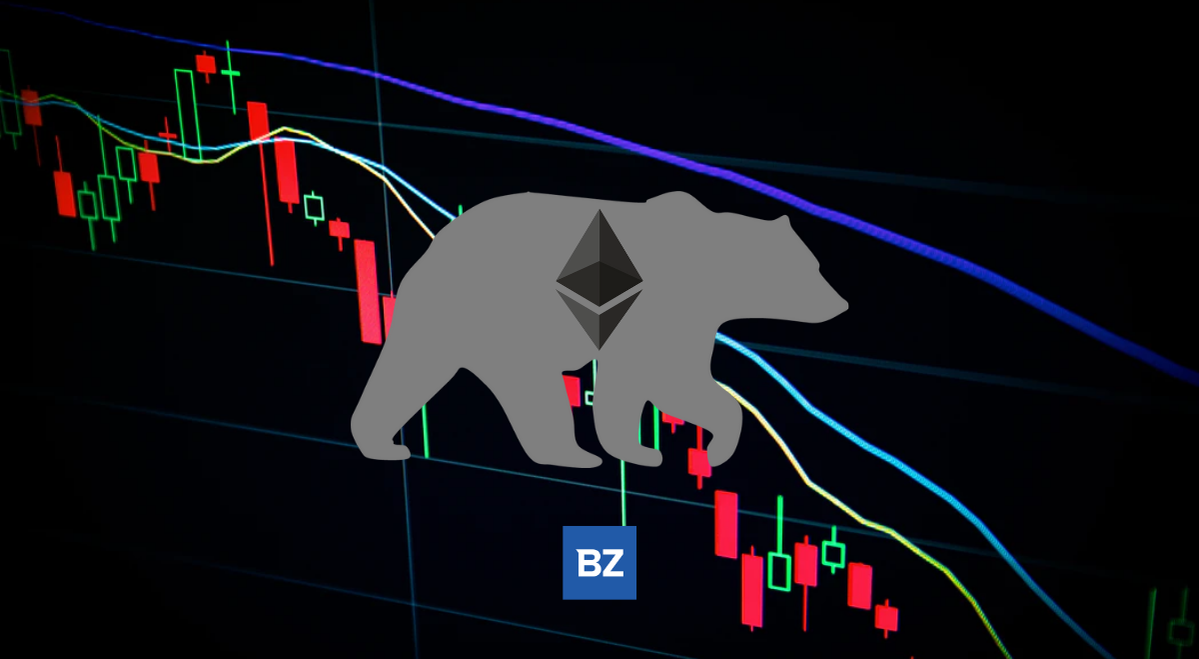Ethereum Falls More Than 3% In 24 hours Ethereum, CoinGecko API, Bollinger Bands by https://www.benzinga.com/

AI Insights:
Simple Explanation:
Ethereum is a type of digital money that people can use to buy things or trade with others. Its value goes up and down every day, and sometimes it goes down more in one day than the previous week. Recently, Ethereum's value went down by 3.15% in just one day, which means people had to pay less for it than before. This is not good news for people who own Ethereum because they might lose some money if they sell it now. The amount of Ethereum that is being used and moved around has also gone down a lot compared to last week, but there are still many Ethereum coins out there. Read from source...
Critical Perspective:
- The title is misleading and sensationalist, implying that Ethereum has fallen sharply in a short time frame, when in reality it is only a moderate decline of 3.15% over the past 24 hours. A more accurate title could be "Ethereum Experiences Moderate Correction of 3.15% In 24 Hours".
- The article does not provide any context or reasons for why Ethereum has fallen, nor does it offer any insights into the market dynamics or technical indicators that might explain the price movement. This leaves the reader uninformed and confused about the factors influencing the Ethereum's performance.
- The article uses vague and ambiguous terms such as "its current price" and "the past week" without specifying exact numbers or dates. This creates a sense of uncertainty and confusion for the reader, who might wonder what exactly are the values that the article is referring to. A more transparent and clear writing style would be to state the exact prices and time frames, such as "$X.YY per ETH at ZZ date" and "a 2.0% loss from $3,565.12 to $3,489.17 over the week ending on YY/MM/DD".
- The article relies heavily on charts and graphs to illustrate the price movement and volatility of Ethereum, but does not explain what they mean or how to interpret them. This assumes that the reader already knows how to read and understand technical analysis, which might not be the case for many readers who are new to cryptocurrency trading or investing. A more educational and informative approach would be to provide a brief explanation of the chart elements, such as Bollinger Bands, and their significance in assessing market trends and risks.
- The article ends with a disclaimer that it was generated by Benzinga's automated content engine and reviewed by an editor, which raises questions about the quality and credibility of the information presented. It also implies that the article is not based on original research or reporting, but rather on aggregating data from external sources, such as CoinGecko API. This might undermine the trust and confidence of the reader in the accuracy and reliability of the article. A more transparent and ethical approach would be to acknowledge the sources of the data and provide a clear distinction between factual information and editorial opinions or interpretations.